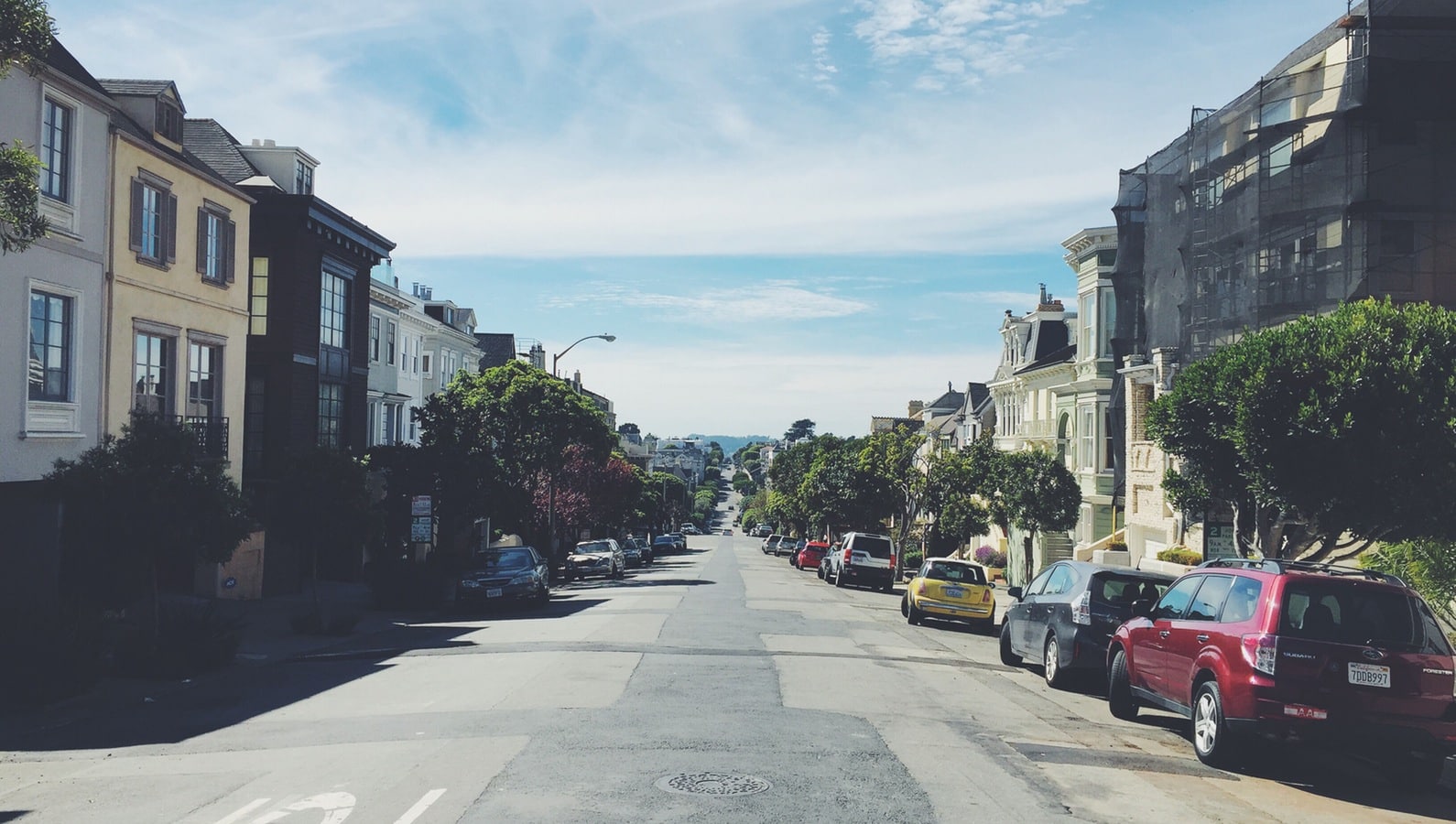In our last article, we reviewed the 4 crucial features of a stable multifamily market.
But even when you have found a market with strong employment and population growth, you need to dig deeper and ensure you are investing in the right location.
Every market has several submarkets, or neighborhoods. And while these neighborhoods might all be part of a thriving market, they also have unique characteristics that will affect the performance of your investment.
Low Crime
Renters want the same things as homeowners. At the top of that list is a safe neighborhood. An apartment complex in an unsafe location will fight higher than average vacancy, no matter how well it is managed. When looking at a submarket, you want neighborhoods in the lower quartile of violent and non-violent crime for that market.
Even when you find a submarket with low crime numbers, you want to re-examine those statistics each time you look at a specific property, as criminal activity can vary within a submarket.
Crime statistics are one of the first pieces of data we examine when evaluating a deal. If we see high crime in that neighborhood, we pass, no matter how financially attractive the deal might be.
No deal makes sense, regardless of price, in a high-crime area.
Good Schools
After crime statistics, we look at school data when evaluating a potential investment. If the neighborhood does not have better than average schools, we will not pursue the deal.
Renters want access to quality public education. Many Echo Boomers have started families even if they have not purchased a home yet. These parents are focused on quality education for their children, and an apartment complex that has access to better than average schools (relative to the overall market) will attract and maintain these renters.
Conversely, a neighborhood with below average schools will lose renters that have school age children, making it harder to find residents and push rents in these neighborhoods.
Attractive Retail
After a neighborhood has passed our screens for crime and education, we next look at the overall retail environment. A submarket populated with nationally recognized chains provides assurances that the neighborhood is safe and economically vibrant.
Residents also want access to nearby high quality retail. An ideal submarket will have multiple options for grocery, restaurant and shopping.
A quality neighborhood will be well represented with nationally known chain restaurants and retail locations. The presence of these stores is appealing to renters as consumers. It also shows large companies with robust market analysis teams have analyzed and approved these neighborhoods for their businesses.
The presence of Home Depot, Starbucks, Target and stores with similar customer profiles are great signs for our preferred markets.
Proximity to Jobs
A majority of your residents will work within a 5 mile radius of their home. The right submarket will have several job centers to attract and retain your renter profile. Medical centers, college campuses and government offices are all great examples.
Submarkets with few nearby employment centers will be vulnerable to migration as residents will look for apartments closer to their jobs.
Good Neighborhoods Keep Your Investment Safe
Finding the right neighborhood (or submarket) with low crime, good schools and a healthy economic environment will insulate your investment from market ups and downs and provide steady, reliable returns.


